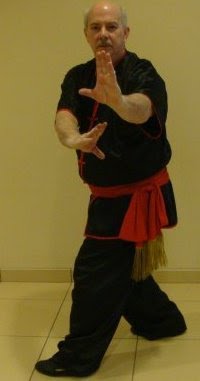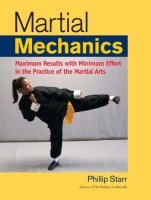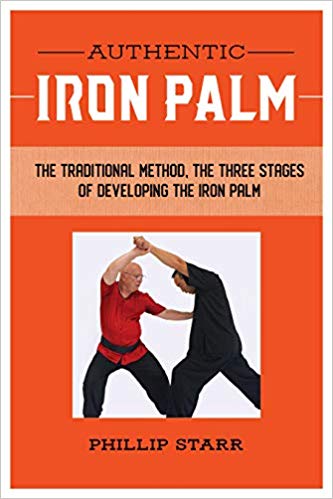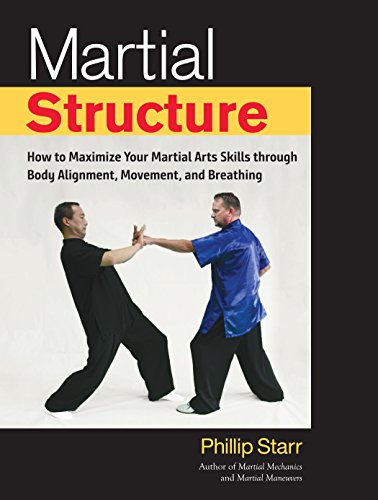How frequently one should train is a question with which I have often been faced. Rarely does anyone like the answer they get but after several decades of martial arts training and teaching I feel that I have a firm grasp of what works and what doesn't.
The first consideration must be this: What do you expect to get out of training? That is, why are you training? It's surprising how many people who are involved (at various levels) in a given martial art cannot answer this question with any real measure of confidence.
The second consideration is: What sacrifices are you willing to make to achieve the answer to the first consideration? What kinds of hardships are you willing to endure?
In our modern society, people enjoy having various hobbies. Bowling, softball, golf, computer games...there are LOTS of hobbies out there. So naturally, people often tend to regard and practice martial arts as a hobby. This is fine as long as they realize that they will never acquire any measure of real skill. After all, if you like to play the piano as a hobby, you may be able to entertain your friends but face it...you'll never become a concert pianist.
Other people look to martial arts as a way of keeping physically, and even mentally, fit. Some want to "get in touch with their inner child" or some such business while others aspire to learn spiritual truths.
And other students desire to learn effective self-defense, but they want it now...kind of like microwaving a TV dinner. Instant self-defense. Overnight Bruce Lee.
The point is that if you want to learn real martial arts as opposed to some "quickie" form of self-defense or an exotic method of losing weight or reducing stress, you have to understand that it can't be done quickly or easily. It takes a great deal of effort and time, and these things will necessarily involve sacrifice and hardship.
I compare martial arts training to developing flexibility or body-building...or even playing the piano. If you attend class only once a week, your progress will be very, very slow...if you make any at all. The ONLY way this can work is if you include at least 2-3 additional practice sessions on your own during the week. If you do this, and you practice vigorously and seriously, you can make progress. But if you ONLY practice one day a week, you may as well give realize that you're going nowhere fast.
After all, if you were training to be a body-builder, you couldn't possibly do it if you lifted only once a week. You'd very likely injure yourself. You can't bench press, say, 100 lbs. one week, and then go to a heavier weight the next week unless you build up to it gradually. That's the way the human body works!
In stretching, you should stretch heavily only every other day and do light stretches in between - six days a week! The body needs the "light" days to recover and rebuild from the "heavy" days. But if you engage in only one "heavy" day a week, how can you possibly get anywhere?
To learn to play the piano, you learn a basic exercise first. If you practice it only one day a week, what are the odds of ever being able to play the piano with any measure of skill? Zip.
Two classes weekly is a MINIMUM for acquiring skill. Even so, you must still practice on your own at least 2-3 days per week (outside of class). If you do this, you can make good progress. Otherwise, development of real skill will be considerably slowed.
Three classes per week is ideal, but it may not be possible for your teacher to provide this many classes due to restrictions on the facility, and so forth. Even so, you should practice on your own at least twice per week outside of class.
Remember that class time is time for the teacher to present new material and to polish what you've already learned. If you don't practice on your own, he's continually trying to polish the same techniques over and over because you're simply not ready to learn anything new. If you tried, you might hurt yourself.
Even someone who only wants to shed some extra weight knows that it is impossible if they exercise only once weekly or twice monthly.
An experienced instructor can easily tell if you've been practicing on your own or not. My teacher would have thrown me out of class if I had not practiced on my own because he felt that one should approach martial arts (training) with the utmost seriousness. It wasn't a hobby, a game, a way of losing weight, or learning some nifty self-defense tricks. He saw it as a lifestyle and he lived what he taught.














